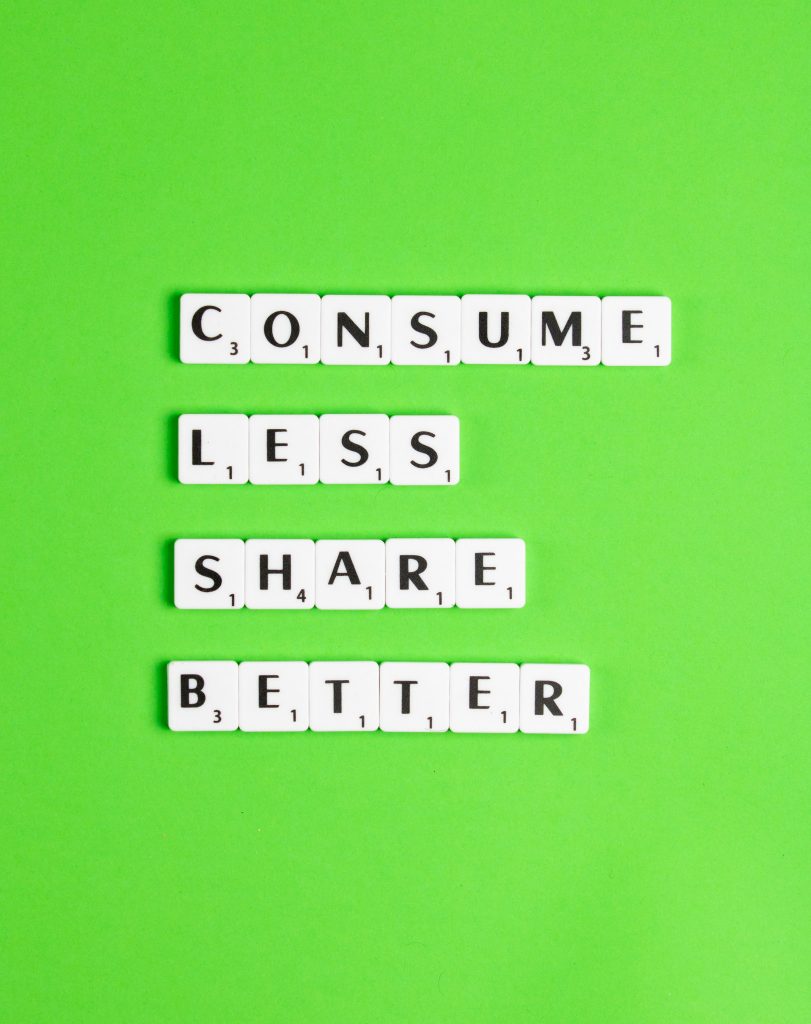Greenwashing is when a company or organisation spends time marketing themselves as environmentally friendly, rather than focusing on minimising their environmental impact. It’s intended to appeal to consumers who prefer to buy from environmentally conscious brands, and often puts profit before environmental progress. Want to know more? Read on…
Greenwashing has been a common problem since the 80’s, one famous example was the oil company Chevron, who commissioned a series of expensive tv and print adverts to broadcast its environmental dedication, while actively violating the Clean Air Act as well as the Clean Water Act. These violations were against laws regulating pollution and providing a reasonable standard of safety and environmentalism.

The issue of greenwashing manipulates consumers into investing in brands, thinking they are having a positive impact on the environment, when in reality their money could be better spent on a more environmentally friendly brand.
So how do we spot greenwashing?
The first step is to understand what a company is trying to achieve through its advertising, and how consistent that company is with their environmental achievements. Often greenwashing only improves a publicly observable part of a company, while other aspects are far from environmentally friendly. A more environmentally conscious company would be more consistent with its management.

A lack of evidence for environmental claims, or a company having endorsements from fake third-party companies are also common in some business claims, something that makes a product or service appear far more sustainable than it really is. Ideally, an eco-friendly company would be endorsed by a recognisable and authentic third party.
A great resource to see the marketing red flags that make greenwashing possible is Futerra’s 2015 Selling Sustainability Report, which outlines 10 basic brand marketing tactics to avoid. While it is unrealistic to research every company we buy from, it serves as a good reminder of the small changes that we can make, and how to make them count.
For more advice, stay tuned to our blogs and social media, where we regularly share resources and information that is great if you’re just starting your journey into sustainability.
by Dan Johnson, SGO Project Officer #actingtogether
 Sustainability
Sustainability Felicity Brambling-Wells
Felicity Brambling-Wells 1348
1348


